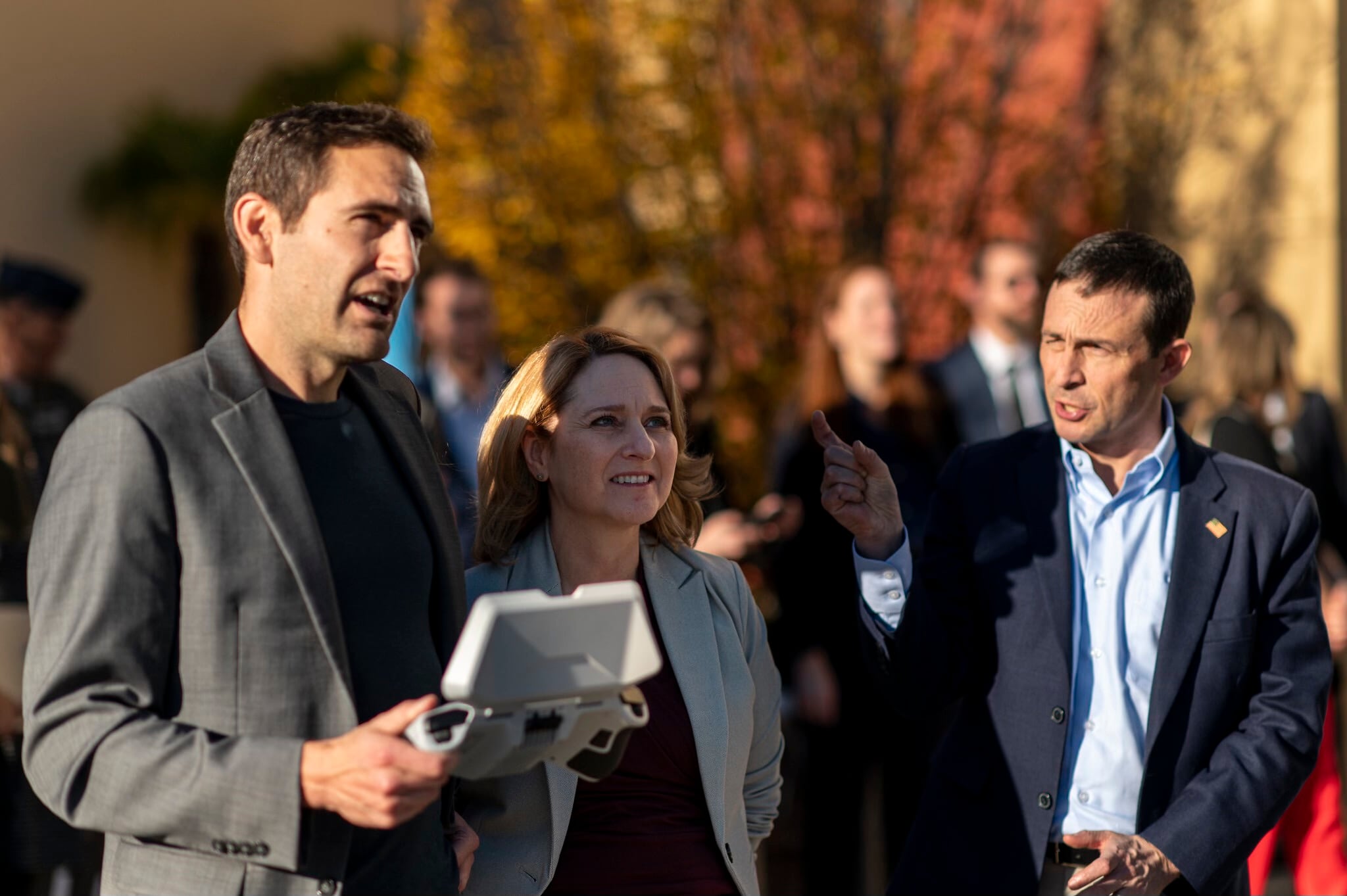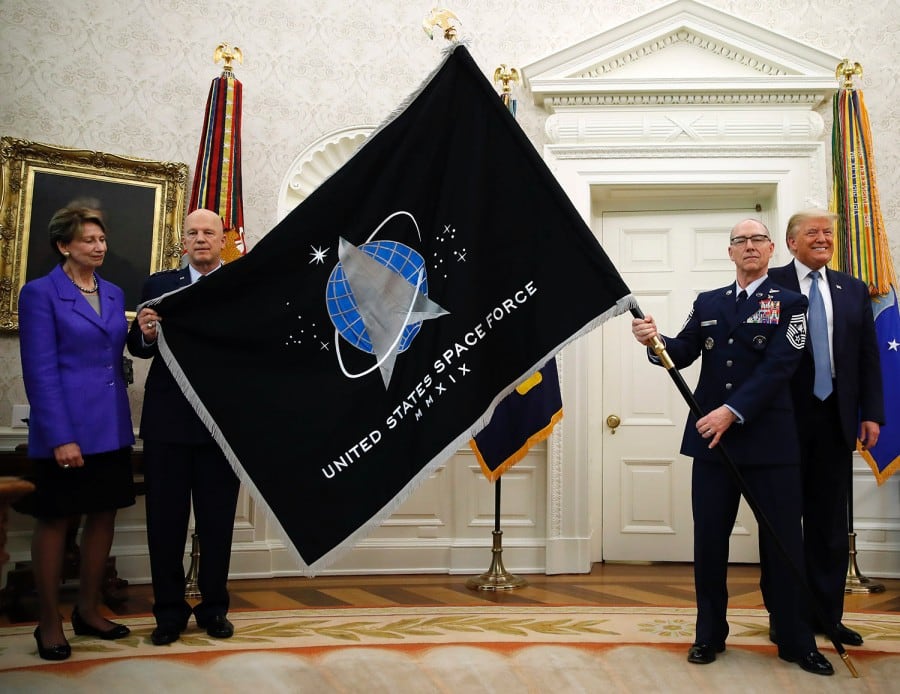The Navy in April will roll out its eSailor program, arming recruits with smart devices to allow them to better communicate, train and learn, according to a top naval official.
A ribbon-cutting ceremony is expected "the first week of April" at Recruit Training Command Great Lakes, where two divisions of recruits and training staff will receive the unspecified device – about 200 users in all for the pilot program.
The pilot program users will be able to use the devices to access personnel-related documents, regulations, manuals, non-classified training materials, mobile applications and eBooks, including a digital version of the Bluejacket's Manual handbook, according to Master Chief Petty Office of the Navy Mike Stevens. The devices will also allow recruits to communicate in the medium they're most comfortable: on their smart phone.
"It's important that the recruits have the ability to use the email capability, because a lot of sailors show up for boot camp now [and] they've never even written a letter before. They don't know how to address an envelope, they don't know where a stamp goes and an email to them is like a letter was to us," Stevens said. "So that doesn't mean it's a free for all, it doesn't mean they're surfing the web at night, they can do whatever -- this is all done in a controlled environment where…the recruits will receive training on the do's and the don'ts. And if they violate that, then they'll be held accountable for it and lose the privilege if that's what it takes."
Stevens said the pilot program is the early start for something he hopes will become much bigger and someday encompass a much larger swath of the Navy. In a March 10 meeting with Gannett Government Media reporters, he floated the idea that someday sailors could maintain a digital identity from recruitment to retirement.
"It's such a vital part of how they communicate in the fleet and how they do business in the fleet. So give a sailor a piece of the cloud from recruit to retirement, everything that they have is in there and that device is the medium that allows them to communicate with that information," Stevens said. "We've got to figure all this out, got to figure through the security aspect of it. So there's a lot of complications of this but darn it, you've got to start somewhere, right? Because if you just want to talk about it and do nothing then nothing will happen. So we're going to lean forward -- so then we're going to move into phase two, which is a more expanded version and in phase three will be even bigger."
The pilot program involves one commercial device and one military-specification device, but Stevens did not elaborate. He said that in the final days before the pilot's formal launch, the Navy is hammering out onsite wifi capabilities at Great Lakes to connect the devices.
In the future, Stevens said the goal is to have all sailors outfitted with digital access, whether through a smart phone or tablet or an application that connects to Navy software. But he acknowledged it will be tough to do for 400,000 people, and much work remains.
"This is a walk, run, crawl process," he said. "This isn't a matter of if we want to do this. This is a matter we must do this. To be relevant in the world that we live in today, to be a Navy of the 21st century we must embrace this technology and we can't let things like security and cost and all that kind of stuff drive the decision. We've got to learn to lead and manage through that. I'm not saying they're not challenges, but to say we're not going to do this is unacceptable. We have to figure it out."






